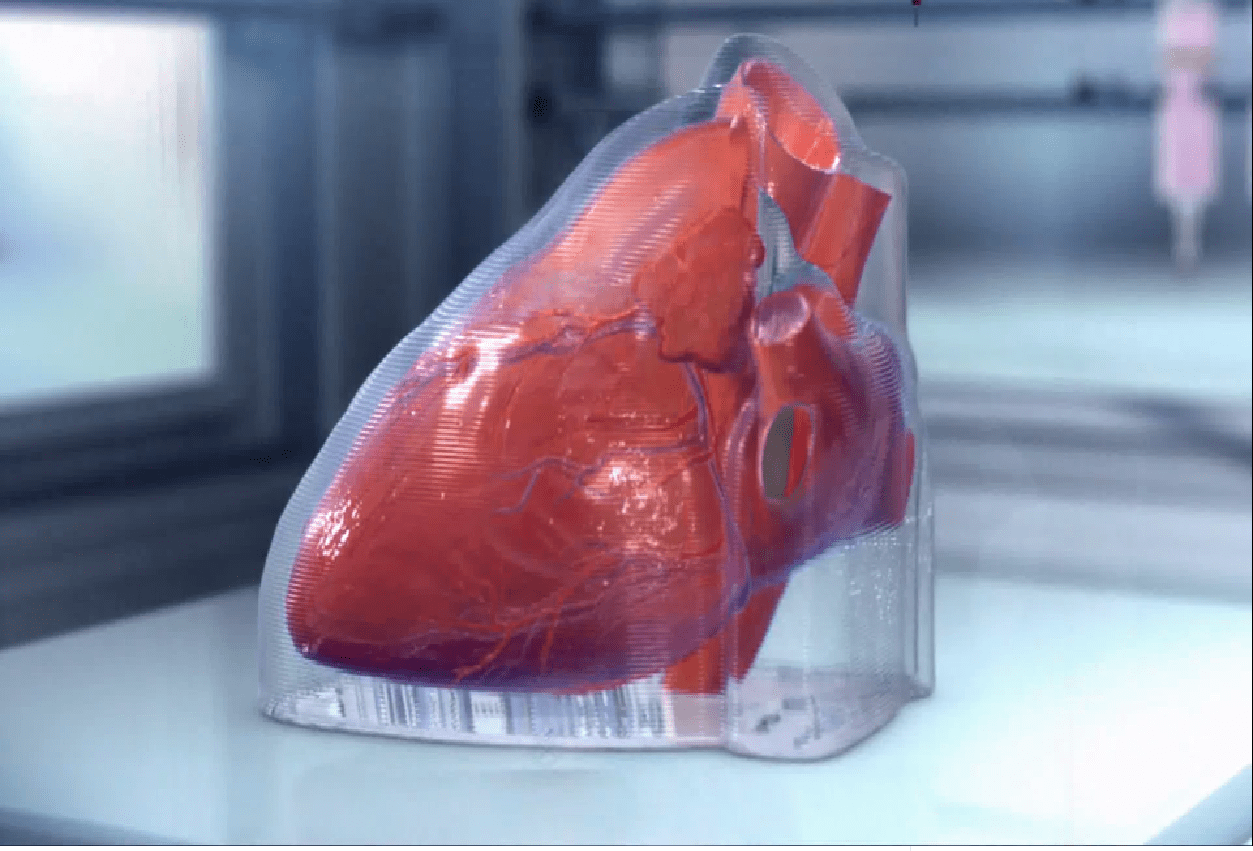Is it possible that the problem with the shortage of donor organs will be resolved in the future? It is quite feasible. Biolife4D – a start-up from Chicago has announced that they manage to print a human heart. At present, it is a mini model but the company’s purpose is to print a regular-size heart.

The human heart prototype was printed exactly as other objects are printed by the 3D printer: layer by layer.
To steady structural integrity, while reconstructing the human heart, the start-up printed the extra scaffold. In addition to the organ itself, blood vessels and chambers were also replicated. The material, that was used to produce the mini heart is “bioink” – a proprietary solution of Biolife4D with the gelatin-like properties.
By the time the whole heart was printed, it was moved to a bioreactor that has faculty to simulate the human body’s conditions. The bioreactor supports the synthesis of the cells into the tissue.
“A window of opportunity” – 3D technology as the prospect for many patients
Although the printed heart is far from serving as an organ for transplantation, it can become a viable tool for diagnostics of cardiotoxicity (the study of how drug treatments and medications could damage heart muscles – quote).
The company announces they are planning to increase production so that one day it will be possible to create a full-size organ.
This gives hope to all patients with cardiovascular and heart diseases who require transplantation. However, it is a very complicated procedure for twofold reasons – because there is a shortage of organ donors and heart transplant carries a lot of risks; it must be done immediately after the organ is removed from a donor because the heart dies rapidly.
In the future, this biotechnological invention can be a happy medium to reduce suffering and lower or even eliminate most of the risks associated with transplantation.
DB



